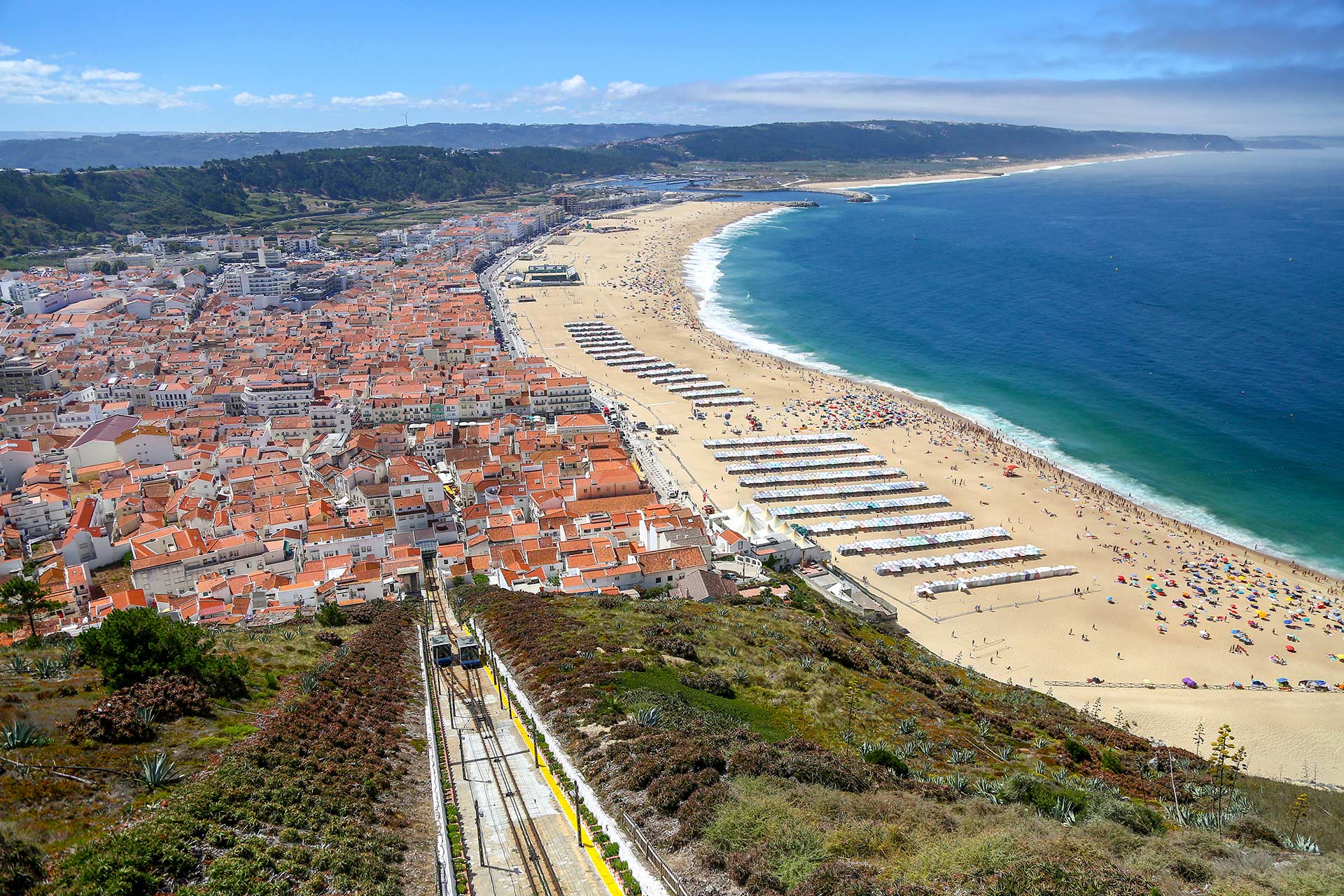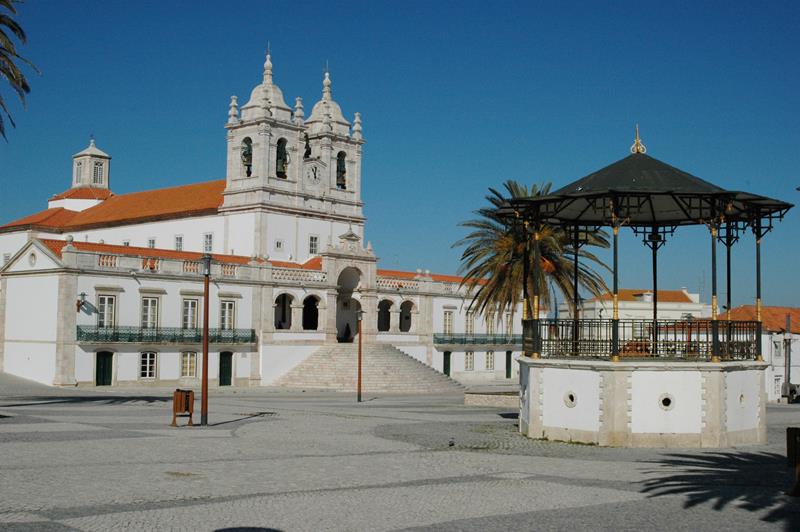Land of fishermen since the 12th century, it was called Sine Petronero, which means Gulf of Flint. It was located, at that time, more inland and was fishing in the Lagoon the economic source of the village. Its development over the centuries made it one of the most important sea ports of the Coutos of the Monastery of Alcobaça. Seat of municipality, Pederneira was, after Alcobaça, the most populous and productive village of the cistermen domains.
The beach of Nazaré is of relatively recent human occupation, and the first references on fishing in the county date from 1643. However, it was only at the beginning of eight hundred that the population began to settle on the sand. The development of the Site and the progressive removal of the sea, due to the silting of the Lagoon and the appearance of the new beach, led to the decay of Pederneira, at the end of 700.
The local fishermen lived mainly in the upper parts – Sítio and Pederneira – as the constant attacks by algerian and Dutch pirates made the sand unsafe. It was only in the 19th century, after the French invasions, that the safety conditions necessary for the fishermen's fixation on the beach were met.

Nazaré came to be known and sought after as a beach of bathing in the mid-nineteenth century. the main economic activities of the population. The adverse conditions of sea life have led many fishermen to seek a better life elsewhere. The construction of the Port of Fishing and Recreation, in the early 1980s, altered and improved the lives of fishermen, starting a new phase in the daily life of the village. In the 1960s, tourism discovered the charm of this village and Nazaré began to be known internationally.
Currently the headquarters of the municipality, this village fascinates by the way of receiving, by the white houses and the traditional costume - the seven skirts, reflection of local cultural aspects, and an unparalleled maritime landscape. Nazaré remains one of the favorite tourist destinations of Portuguese and foreigners, and as one of the most photographed places in the country. It accompanied the weather, modernizing itself, but maintained many of its traditions. The pilgrims' visit to the Marian Shrine of Our Lady of Nazareth, the Fort of St. Michael the Archangel and the Lighthouse, are some of the largest local edified attractions.

Some of the parishes of the municipality maintain more rural economic activities as a form of subsistence. They are, however, holders of landscapes of equal beauty and heritage worthy of visit, as are the cases of Quinta do Campo or the Railway Station, the Church of S. Gião or the Dinosaur Footprints.Visited annually by thousands of national and international tourists, Nazaré is today a modern and always lively village. Walking through its narrow streets and perpendicular to the sea, is to discover a peculiar and authentic way of life, where surprises lurk on every corner. Beauty, memories, charm and traditions make this the most unforgettable beach in Portugal.
A passing stage for illustrious people from sports, film, television, music and other arts, Nazaré, even today, is an inspiring muse for those who pass here. The sea remains a strong source of inspiration and creativity in the art of shipbuilding, navigation, fishing, crafts, folklore, costume, painting, drawing, photography, cinema, theater, literature and leisure.
Its biggest attraction and tourist highlight, whether bathing and sports are the world-renowned waves, formed in the so-called Canhão da Nazaré and celebrated by athletes such as Garrett McNamara and Sebastian Steudtner.
Source: Nazaré City Council